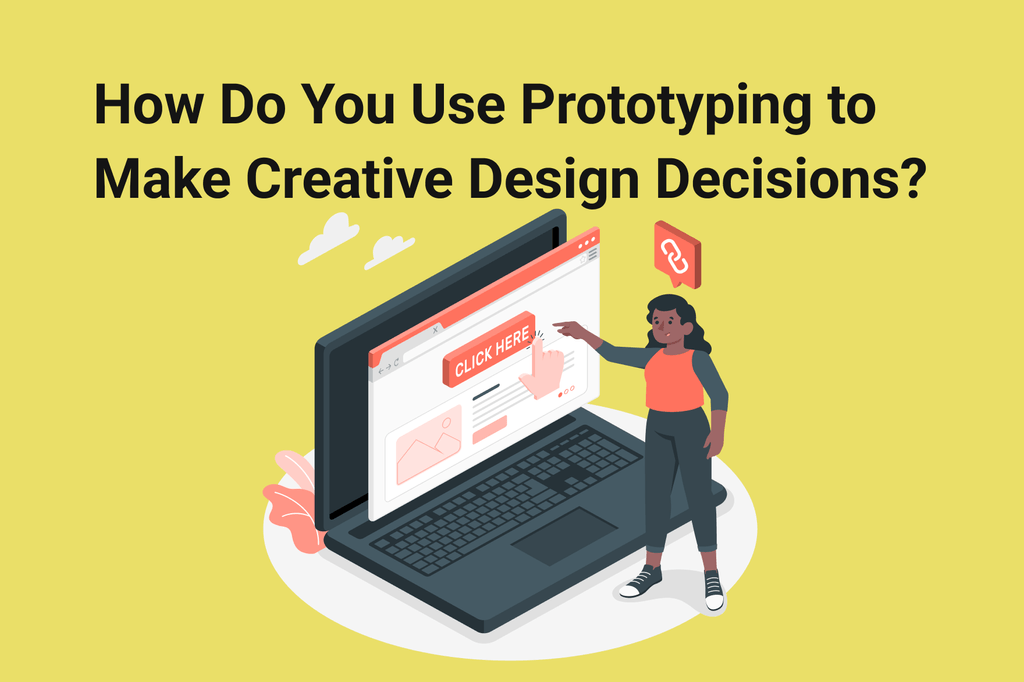
Don’t know where to start?
We will advise you on the best way to realize your idea, leveraging our expertise
FAQ
What is prototyping in the context of design?
Prototyping in design refers to the process of creating a basic version of a user interface based on mockups or wireframes. It allows designers to interact with the product and conduct user tests. Prototypes are usually either static or have basic interactive elements, with the focus on visual representation and describing possible user interactions.
Why is prototyping important in the design process?
Prototyping offers several benefits in the design process. Firstly, it goes beyond primary research and allows designers to test hypotheses and understand how the target audience will perceive different design versions before fully implementing them. Secondly, prototyping helps in coordinating ideas with clients, ensuring that the final solution aligns with their expectations. Lastly, it enables designers to innovate with less effort by gathering valuable feedback and insights from testing prototypes.
What are the best practices for prototyping?
The prototyping process typically involves four essential steps: defining initial requirements, developing a low-fidelity solution, gathering feedback from the target audience and stakeholders, and gradually refining the prototype into a high-fidelity solution. Various software tools such as Figma, InVision Studio, Adobe XD, and Miro can aid in the prototyping process, depending on the desired level of detail. Additionally, there are feedback and testing solutions like UXtweak, Maze, UserTesting, and UsabilityHub that can be utilized.
Table of contents:
Want to estimate your app idea?




